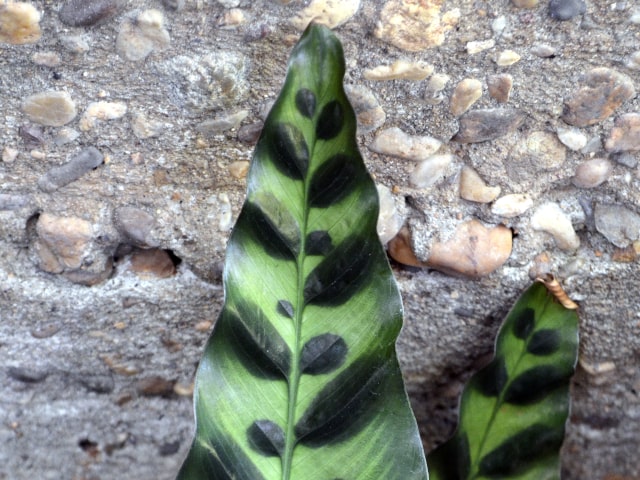
Rattlesnake plant is known and famous for its leaves with stripes. They are bright green and striped with rows of dark green that are alternating. The foliage also has an eye-catching purple underside. Many people choose this plant for their homes because of its specific and amazingly looking leaves.
Rattlesnake plant got its name from its striking foliage. As a plant matures, the leaves elongate. Rattlesnake plant can be a bush and compact plant so it can be used as a tabletop feature. However, you can also grow it as a medium level floor plant.
These gorgeous house plants are a fun to care for, but they have a common issue: their leaves often curl. When this happens, you need to understand the reason behind it. You also need to know what to do to improve the situation. It is important to observe your plant regularly to notice any signs of the problem. Rattlesnake plant leaves curling is only the symptom, so you need to inspect your plant closely to identify the exact problem so you can solve it.
Rattlesnake Plant Leaves Curling
It is important to understand the main reasons why Rattlesnake plant leaves curling. By far the most common reason is under watering. It will make your Rattlesnake plant leaves curl in no time. To avoid this problem, you should keep the soil always consistently moist. You should also do what you can to observe your plant regularly to identify other possible problems for curling leaves.
It is important to understand that curly leaves on the Rattlesnake plant is a defense mechanism. It indicates that something is wrong with the plant and its surroundings. In general, the best way to prevent this from happening is to maintain a consistent and proper watering regime. While under watering is a common issue that causes this problem, overwatering can also cause your Rattlesnake plant leaves to curl.
The thing is, Rattlesnake plant curls leaves when it's not receiving enough water. However, the leaves can also curl when the plant is overwatered. This is why checking your soil for moisture is the number one thing you need to do to identify the problem with your plant.
Rattlesnake plants are sensitive to changes, including watering regime. Sometimes, moving your plant to a warm room may help. Other times, you will need to identify the issue so it can be fixed.
You should start by examining the soil moisture. Gently poke the soil with your finger. You need to feel both the surface and the inner layer of soil. Make sure to determine if its moist or not. If water is an issue, it is generally not difficult to improve the condition of your Rattlesnake plant.
What to Do When Plant Leaves Curl Up?
If the soil that you tested for moisture dry to the touch, especially the lower levels, the most likely cause of curling leaves is under watering. If this is the case, make sure to water your plant thoroughly until the soil is moist again. Also, make sure to check if the water is flowing out of the drainage holes on the bottom. After a few hours, check your plant again by poking the soil again. It should feel wet to the touch now. If there is enough water, you should see leaves uncurling soon.
Underwatering will cause crispy, curled and brown leaves. Make sure to observe your plant carefully after watering to see signs of improvement.
On the other hand, if the soil test reveals that the soil is wet, overwatering may be the issue. Try poking several deep holes into the soil and test it. If it's wet, leave these holes open. They can help with soil aeration, which will help drying soil more quickly. This should solve the problem of too much water. Make sure to adjust your watering regime so you don't overwater your Rattlesnake plant again.
If the soil feels fine, but the leaves on your Rattlesnake plant are still curling, then a disease might be present. Root rot is the most common cause of curling leaves on Rattlesnake plan if watering is not an issue. You will have to uproot your plant to inspect it for root rot. It this problem is present, make sure to cut away any affected roots. After this, replant your Rattlesnake plant and observe how it recovers. This should improve the condition and your plant will be healthy again, which will lead to leaves uncurling.
Keep in mind that Rattlesnake plant curling leaves may be due to the stress, too. If none of the above issues are a problem, then you must seek further. Rattlesnake plants are very sensitive to changes. For example, a temperature or light changes can affect it and cause its leaves to curl. Similarly, moving your Rattlesnake plant to a different location might lead to this issue. Other possible reasons for Rattlesnake curling its leaves include over fertilizing your plant, excessive amounts of compost, or placing your Rattlesnake plant near a draft.
If over watering, under watering, or root rot are not the causes of curly weaves on your Rattlesnake plant, make sure to inspect your plant for other issues and consider the possibility of one of the above problems. The good thing is that many of these issues can be easily rectified as soon as you identify them. If you act quickly, chances are that your Rattlesnake plant can be healed, and you will see its leaves uncurling in no time.
Photo credit: Gwendolyn Stansbury
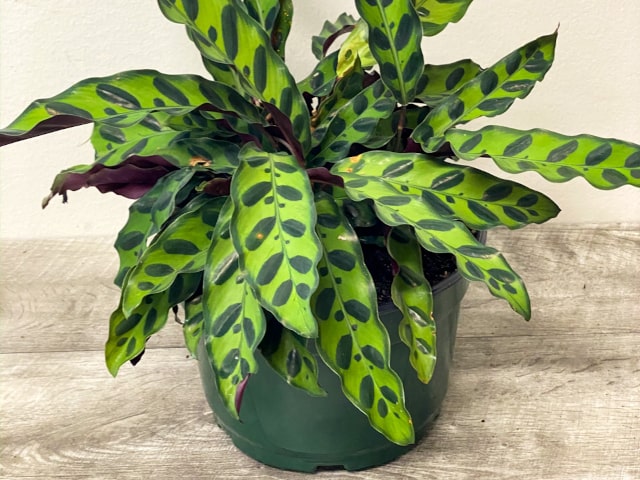
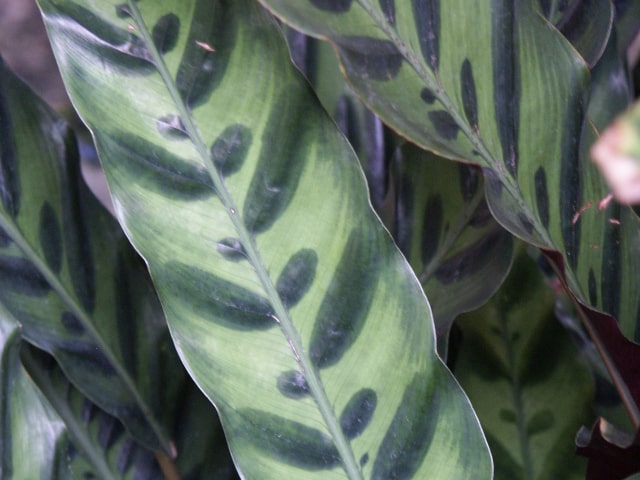
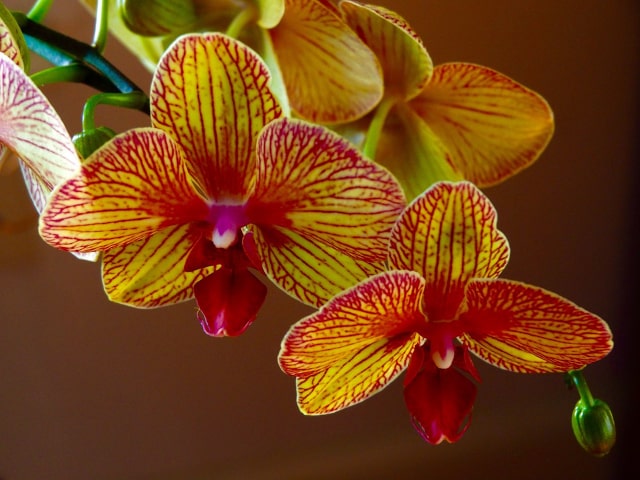
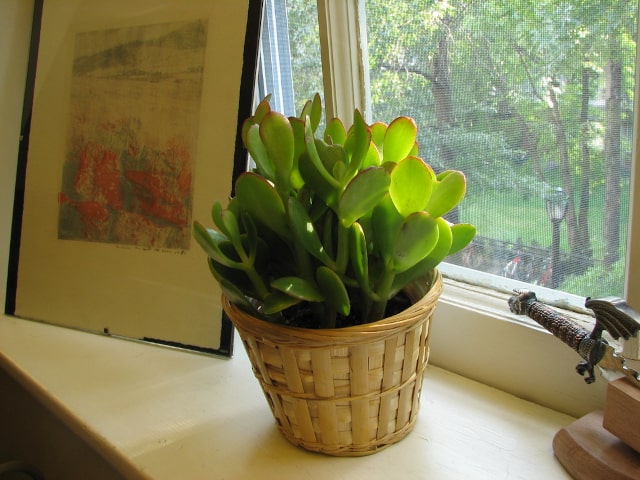
0 Comments